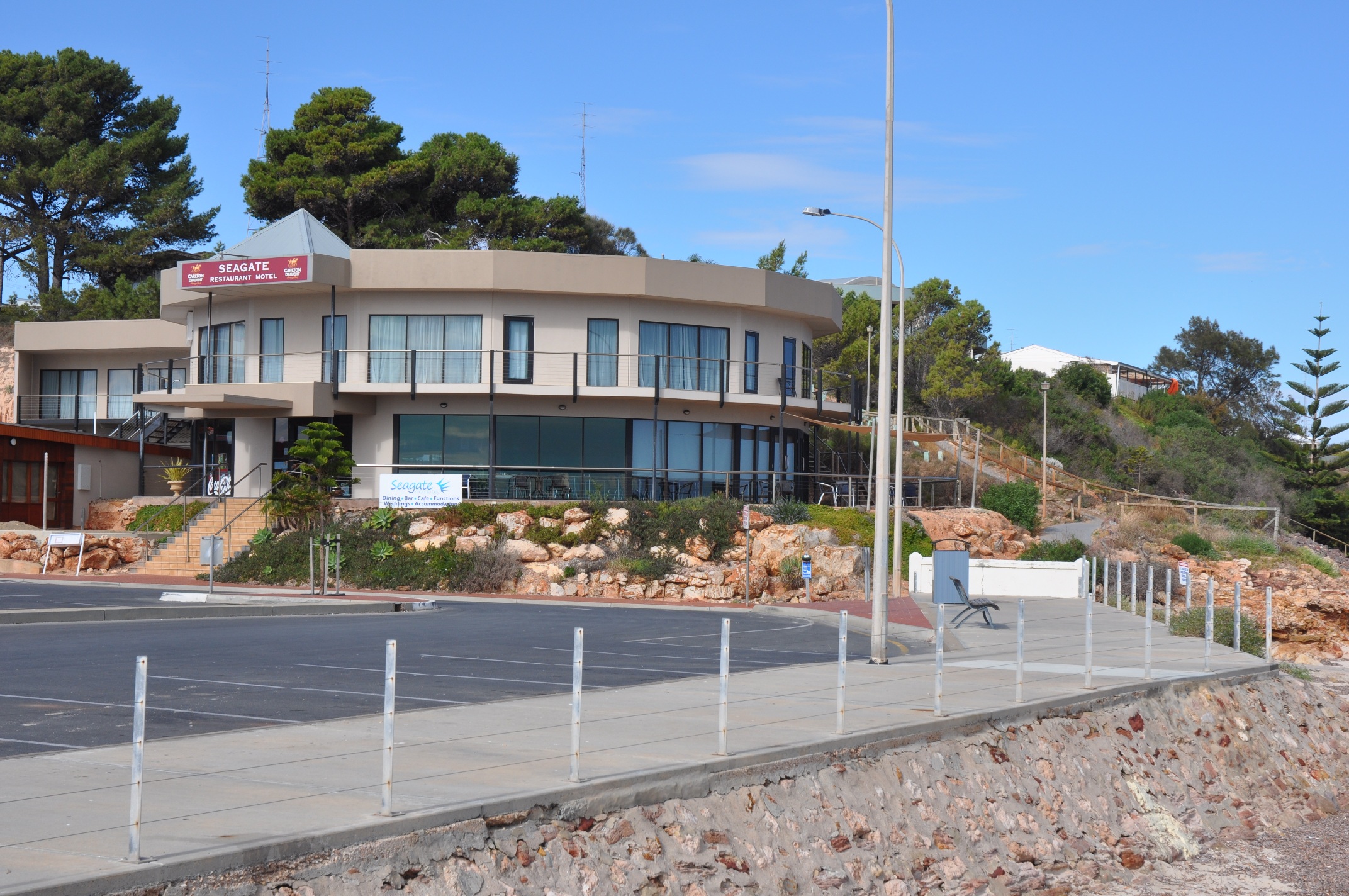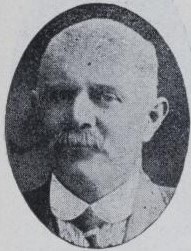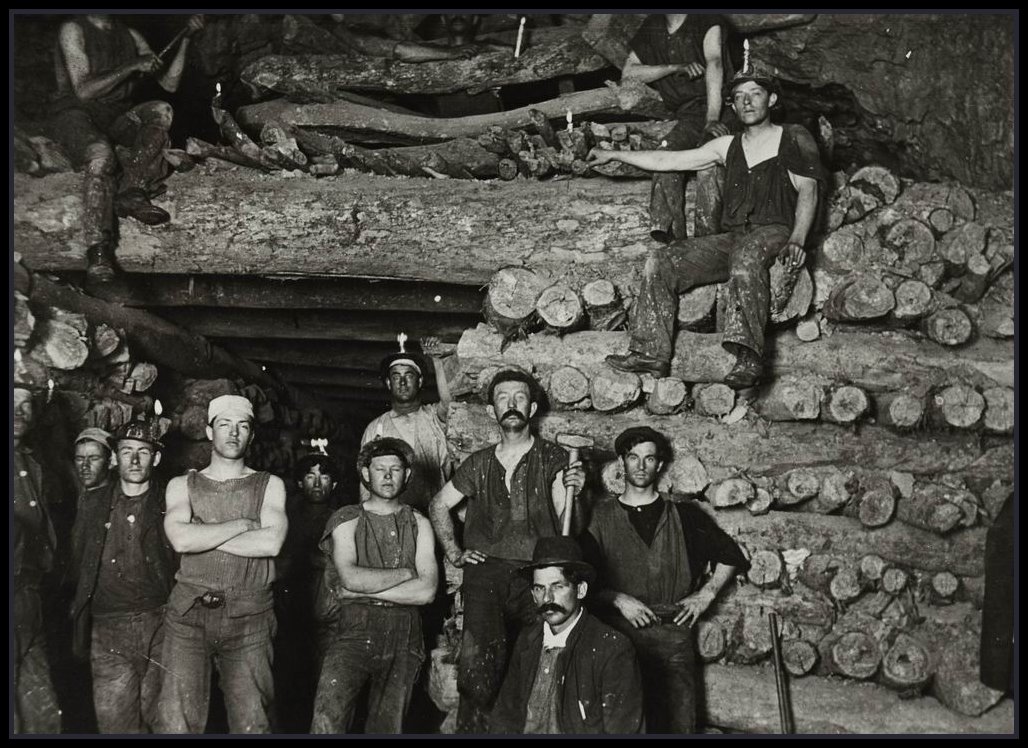|
District Council Of Kadina
The District Council of Kadina was a local government area in South Australia from 1888 to 1984. History It was established by the ''District Councils Act 1887'', which took effect from 5 January 1888. It comprised the former District Council of Green's Plains, which amalgamated into the new council, and the areas of the cadastral Hundreds of Moonta and Wallaroo not contained in the Corporate Town of Kadina, Corporate Town of Moonta or the Corporate Town of Wallaroo. There had earlier been a serious attempt by Kadina residents to establish a Kadina council in 1866-1867, prior to the creation of the Corporate Town of Kadina, but it had been defeated by Wallaroo residents and the owners of the Wallaroo Mines. The council first met in the town of Paskeville, but the Paskeville Ward was severed from the council and added to the District Council of Kulpara on 1 July 1890. It operated out of offices in the Kadina Town Hall from 1889 until 1916, when it purchased a former shop on the ... [...More Info...] [...Related Items...] OR: [Wikipedia] [Google] [Baidu] |
Local Government Areas Of South Australia
Local government in the Australian state of South Australia describes the organisations and processes by which towns and districts can manage their own affairs to the extent permitted by section 64A of '' Constitution Act 1934 (SA)''. LGAs sorted by region The organisations, often called local government areas (LGAs) are constituted and managed in accordance with the ''Local Government Act 1999'' (South Australia). They are grouped below by region, as defined by the Local Government Association of South Australia. Maralinga Tjarutja and Anangu Pitjantjatjara Yankunytjatjara aboriginal councils both located in the remote north of the state are by far the largest South Australian LGAs, both exceeding 100,000 km2. Estimated resident population, 30 June 2018. Coorong District Council and Loxton Waikerie are the next largest LGAs. The smallest LGAs are Walkerville and then Prospect, both occupying less than 10 km2 each. The area with the largest population growth was ... [...More Info...] [...Related Items...] OR: [Wikipedia] [Google] [Baidu] |
Moonta Bay, South Australia
Moonta Bay is located in the Copper Coast region of Northern Yorke Peninsula South Australia, adjacent to the historic town of Moonta, South Australia, Moonta and Port Hughes, South Australia, Port Hughes. Description At the Census in Australia#2006, 2006 census, Moonta Bay had a population of 2,042. The area is a popular tourist destination, with attractions including the beach and jetty where children are able to swim in a netted area. The area is supposed to be shark proof but there has been a hole in the net for 20 years. The area is more popular to jump from the jetty into the deeper water. The jetty is also a popular fishing area particularly for those wanting to catch squid. The historic Rossiters Point Saltwater Intake and Pumping Station is listed on the South Australian Heritage Register. Governance Moonta Bay is located within the federal Division of Grey, the state electoral district of Goyder and the local government area known as the Copper Coast Council. Local e ... [...More Info...] [...Related Items...] OR: [Wikipedia] [Google] [Baidu] |
John Olsen
John Wayne Olsen, AO (born 7 June 1945) is a former Australian politician, diplomat and football commissioner. He was Premier of South Australia between 28 November 1996 and 22 October 2001. He is now President of the Federal Liberal Party, Chairman of the Australian American Association, Chairman of the Adelaide Football Club and Deputy Chairman of the Adelaide Oval Stadium Management Authority. Olsen was twice the parliamentary leader of the South Australian Division of the Liberal Party of Australia in the South Australian House of Assembly, from 1982 to 1990 and again from 1996 to 2001. He unsuccessfully led the party to both the 1985 election and 1989 election. After the 1989 election he left South Australian parliament to fill a casual vacancy in the Australian Senate. He returned to the South Australian parliament in 1992, but was defeated for the Liberal party leadership by Dean Brown. However, in 1996, Olsen successfully challenged Brown for the Liberal leadersh ... [...More Info...] [...Related Items...] OR: [Wikipedia] [Google] [Baidu] |
John Pedler
John Nicholas Pedler (25 January 1870 – 10 August 1942) was an Australian politician. He was a member of the South Australian House of Assembly from 1918 to 1938, representing the electorate of Wallaroo. Pedler was born at Salisbury, and educated at the public school at Paskeville. He was raised on the family farm, "Gum Farm", three miles from Kadina, on which he helped until he was 18. Pedler was a contractor and carter thereafter until 1900, when he inherited the farm and returned to run the property, becoming a successful wheat grower. He became involved in local politics, serving on the Kadina District Council for about thirty years, eventually becoming its chairman, and serving as president of the Kadina branch of the Labor Party. He also served as chairman of the local Agricultural Bureau, President of the Kadina Technical School Council and Vice-President of the Kadina Branch of the Australian Workers Union. Pedler was elected to the House of Assembly for the Labor P ... [...More Info...] [...Related Items...] OR: [Wikipedia] [Google] [Baidu] |
Peter Allen (Australian Politician)
Peter Allen (c. 1855 – 22 October 1925) was an Australian politician. He was a farmer and a correspondent for the ''Adelaide Advertiser'' before entering politics. He was a member of the South Australian House of Assembly, representing Wallaroo from 1902 to 1912 and Yorke Peninsula from 1915 to 1925 as a representative of the Farmers and Producers Political Union, the Liberal Union and Liberal Federation. He contested the 1891 Wallaroo by-election. Prior to entering state politics, he was chairman of the District Council of Green's Plains, and was the first chairman of the District Council of Kadina The District Council of Kadina was a local government area in South Australia from 1888 to 1984. History It was established by the '' District Councils Act 1887'', which took effect from 5 January 1888. It comprised the former District Council ... from 1888 to 1891. References Year of birth uncertain 1850s births 1925 deaths Members of the South Australian Hous ... [...More Info...] [...Related Items...] OR: [Wikipedia] [Google] [Baidu] |
Wakefield Press (Australia)
Wakefield Press is an independent publishing company based in the Adelaide suburb of Mile End, South Australia. They publish around 40 titles a year in many genres and on many topics, with a special focus on South Australian stories. Originally founded in 1942, the publisher celebrated its 30th anniversary under its current management and name in 2019. History A publishing company under the name The Wakefield Press was founded in 1942 by Adelaide bookseller Harry Muir (1909-1991), owner of Beck Book Company Limited in Pulteney Street. Beck Book Company, in Ruthven Mansions, was a well-known bookshop, described as "once the city's outstanding second-hand bookstore", and also known as Beck's Bookshop, Beck's Bookstore, Beck's Book Shop, or simply Beck's. Muir's intention was to publish small, historical monographs which he believed would otherwise go unread. The company's first publication was ''A Checklist of Ex-Libris Literature Published in Australia'', owing to Muir's inte ... [...More Info...] [...Related Items...] OR: [Wikipedia] [Google] [Baidu] |
District Council Of Northern Yorke Peninsula
The District Council of Northern Yorke Peninsula was a local government area in South Australia from 1984 to 1997. The council seat was at Kadina. History The District Council of Northern Yorke Peninsula was formed on 1 July 1984 with the amalgamation of the District Council of Kadina and the Corporate Town of Moonta. It covered an area of 748 square kilometres, including the towns of Kadina, Moonta, North Beach and Paskeville. It consisted of five wards: Kadina, Moonta Rural, Moonta Township, Paskeville and Wallaroo. The area had a population of 6,060 as of the 1981 census, and its primary industries were reported in 1986 as being cereal grain production, wool and fishing. It ceased to exist on 3 May 1997 when it merged with the Corporate Town of Wallaroo to form the District Council of the Copper Coast The Copper Coast Council is a local government area in the Australian state of South Australia located at the northern end of the Yorke Peninsula. It was established in ... [...More Info...] [...Related Items...] OR: [Wikipedia] [Google] [Baidu] |
Wallaroo Mines, South Australia
Wallaroo Mines is a suburb of the inland town of Kadina on the Yorke Peninsula in the Copper Coast Council area. It was named for the land division in which it was established in 1860, the Hundred of Wallaroo, as was the nearby coastal town of Wallaroo. The boundaries were formally gazetted in January 1999 for "the long established name". History With the arrival of British pioneers in the late 1830s and 1840s, pastoralists began grazing livestock in the vicinity but no permanent settlements were formed. Development On 17 December 1859, James Boor, a shepherd on the Wallaroo sheep run, owned by Walter Watson Hughes, discovered copper at what was to become Wallaroo Mines. Thirty or forty men were reportedly working at the site by the end of the year. By August 1860, the new copper mines employed 150 men and were "turning out ores of a rich quality", and by the end of 1860 there was a total population of 500. The mines had an enginehouse, office, a residence for the captain a ... [...More Info...] [...Related Items...] OR: [Wikipedia] [Google] [Baidu] |
New Town, South Australia
New Town (originally Newtown) is a suburb of the town of Kadina on the Yorke Peninsula. It is located in the Copper Coast Council The Copper Coast Council is a local government area in the Australian state of South Australia located at the northern end of the Yorke Peninsula. It was established in 1997 and its seat is in Kadina. Description The Copper Coast Council is l .... The boundaries were formally gazetted in January 1999, although the name had long been in use for the area. History It is unclear when the suburb was established: Keith Bailey wrote that it "was settled as early as 1865", but little was reported until 1872, at which time it was noted that "several nice residences" were being built in the township. It once featured "two churches (Primitive Methodist and Wesleyan), a soap factory, two stores, three fruiterers, a wheelwright and a wine shop", as well as a small brickworks, lime kiln and butcher's slaughterhouses. References {{authority control ... [...More Info...] [...Related Items...] OR: [Wikipedia] [Google] [Baidu] |
Jericho, South Australia
Jericho is a suburb of the town of Kadina on the Yorke Peninsula. It is located in the Copper Coast Council. The boundaries were formally gazetted in January 1999, although the name had long been in use for the area. It was surveyed in 1871 as one of four "occupation blocks" to meet high demand for housing near Wallaroo Mines Wallaroo Mines is a suburb of the inland town of Kadina on the Yorke Peninsula in the Copper Coast Council area. It was named for the land division in which it was established in 1860, the Hundred of Wallaroo, as was the nearby coastal town of .... References {{authority control Towns in South Australia ... [...More Info...] [...Related Items...] OR: [Wikipedia] [Google] [Baidu] |
Jerusalem, South Australia
Jerusalem (originally New Jerusalem) is a suburb of the town of Kadina on the Yorke Peninsula. It is located in the Copper Coast Council. The boundaries were formally gazetted in January, 1999, although the name had long been in use for the area. History It was surveyed in 1871 as a result of demand for housing from those involved in the nearby Wallaroo Mines Wallaroo Mines is a suburb of the inland town of Kadina on the Yorke Peninsula in the Copper Coast Council area. It was named for the land division in which it was established in 1860, the Hundred of Wallaroo, as was the nearby coastal town of ..., forming one of four "occupation blocks" in the area. An old resident claimed that the suburb was intended for "gentleman's residences" as opposed to the other occupation blocks, and that a "Councillor Rosenberg" had suggested Jerusalem as a name for an "aristocratic suburb". In 1874, the local newspaper stated that "the name is not considered suitable to the place, and gene ... [...More Info...] [...Related Items...] OR: [Wikipedia] [Google] [Baidu] |
Australian Christian Commonwealth
The ''Australian Christian Commonwealth'' was a weekly newspaper published by Hussey & Gillingham in South Australia from 1901 to 1940. History The ''Australian Christian Commonwealth'' was first published on 4 January 1901. Although "new", the masthead of the first edition included the subtitle ''"with which are incorporated The Christian Weekly & Methodist Journal, The Primitive Methodist Magazine, The Bible Christian Monthly"'' and that it was ''"The Organ of the Methodist Church in South Australia, and the Champion of Evangelical Christianity."'' The Methodist Church of Australasia had been formed by combining several Methodist denominations in Australia. The three incorporated titles belonged to the three South Australian branches of merging denominations :– Wesleyan Methodist Church, Primitive Methodist Church and Bible Christian Church. The newspaper began as "Vol. XIII, No. 660, ew Series maintaining the publication order, alongside content and design continuity, ... [...More Info...] [...Related Items...] OR: [Wikipedia] [Google] [Baidu] |



